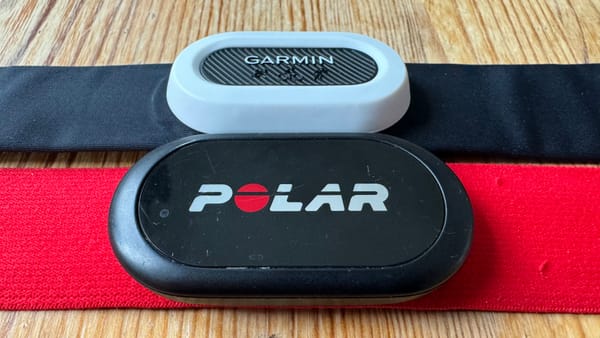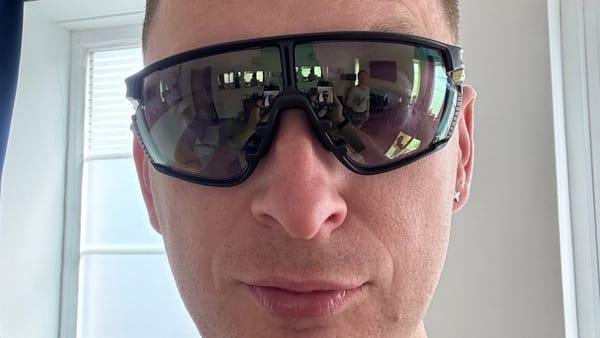Reviewing the Oakley Radar Pace over a few days
On 2016–10–01, Oakley released the Radar Pace, for $449. Very little technical information was available pre-sale, and it was a delight to find it supports both Bluetooth and ANT+ sensors.
A novel feature of it that was also undocumented is that the software (‘coach’) will calculate running power, a technology pioneered by Stryd. Comparing my power from Oakley to my power from Stryd, in a purely anecdotal fashion (I no longer have my Stryd), it feels about 100W low.
I’ve only used the coaching in a simple fashion, and whilst it can’t compare to the advice from Lumo Run (pre- and post exercises, and specific technique reminders whilst running), it’s fine for following a training plan.
When cycling, it seems to be of limited use unless you have (expensive) power pedals: why Oakley can’t guesstimate power, like Strava, I don’t know, but having to add a $600+ accessory to get full value is irksome.
Overall, the voice prompts are good, and they data they provide is relevant and useful.
Using the glasses is typical of new, half-baked tech: when they work, they’re pretty good, but they’re buggy. I’ve had to factory reset several times, and it’s not uncommon for the app to stop listening. I feel that, given this is a Bluetooth handsfree, this should be perfected by now, and that no-one has any excuse for not delivering a perfect product, especially at this price.
Audio quality for anything beyond the short data bursts from the app is lacking, and involves a hissing. Using them as a Bluetooth handsfree seems to be fine for the remote end, but locally can be quite terrible, with the audio sounding normal and being overlaid with a Dalek-esque rendering of the speech.
Summary
In summary, it’s important to realise these are nothing special, and that there’s no particular reason to buy them. Running with my Lumo Run gives more useful coaching information, with audio delivered by a Bluetooth handsfree or any pair of headphones. Training plans are available from n+1 providers (Strava, Garmin, Suunto, and so on). Whilst I’m sure they could improve with firmware updates and software developments, I don’t really see the point when more functionality can be had for significantly less money.
What would I use instead?
My Fenix 3 HR ($450) provides much more functionality for the same price, including training plans, and analyses my running form in much more detail (although the coaching is on you to provide). The Lumo Run ($100) provides excellent coaching, honing in on key areas, and providing useful exercises to improve technique.
What did I do with mine?
I took them back for a refund after a few goes with them: for $449, I expect a perfectly polished product, and not a buggy Bluetooth handsfree from the early 2000s.



